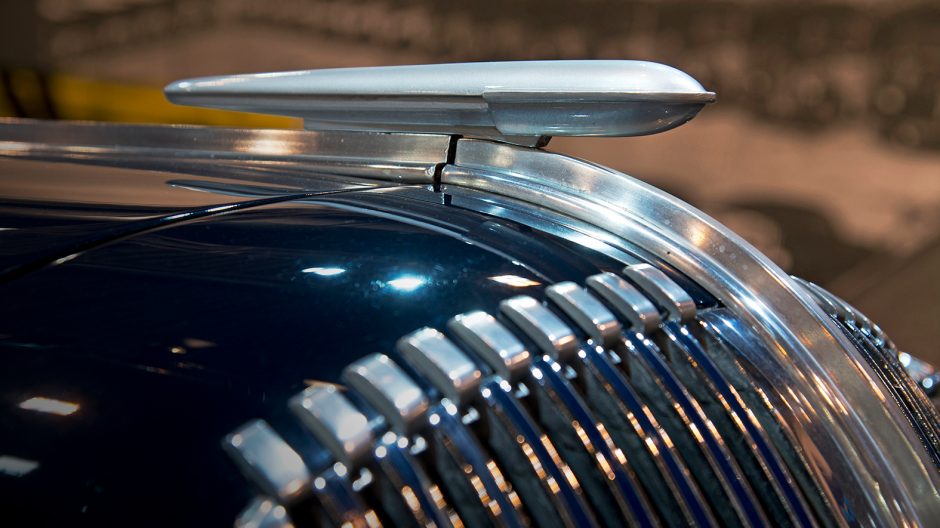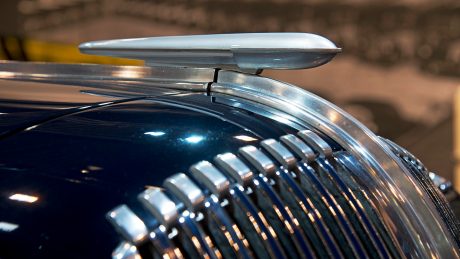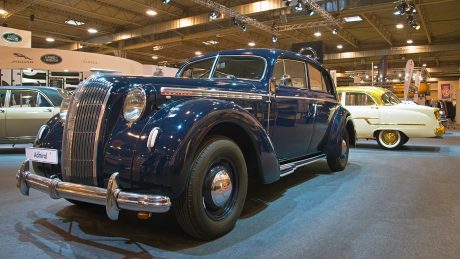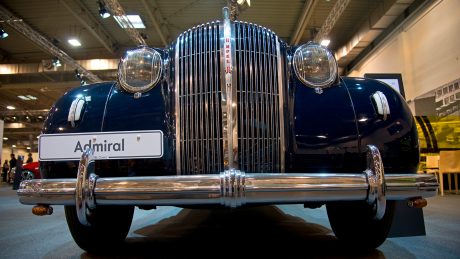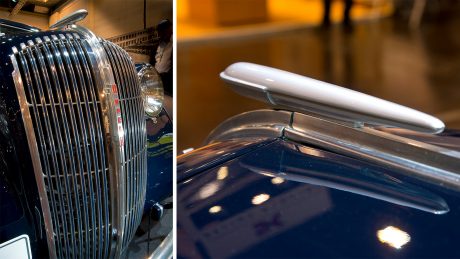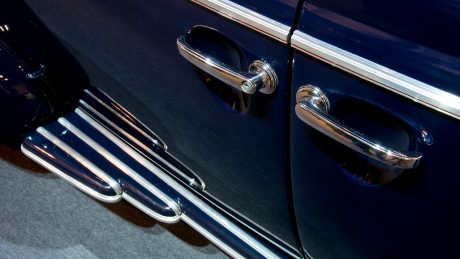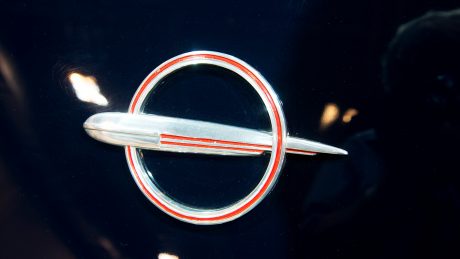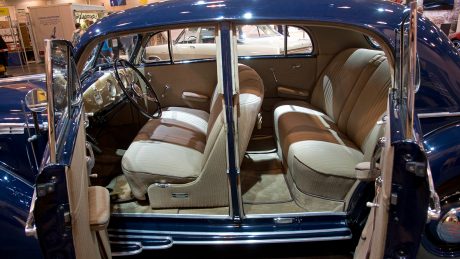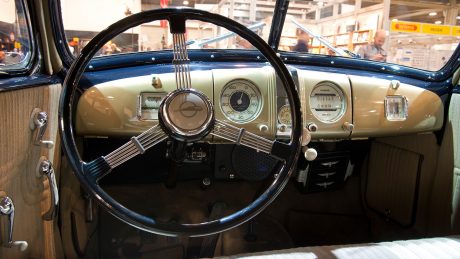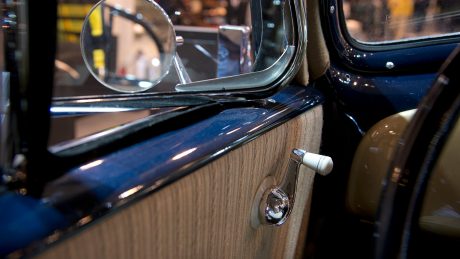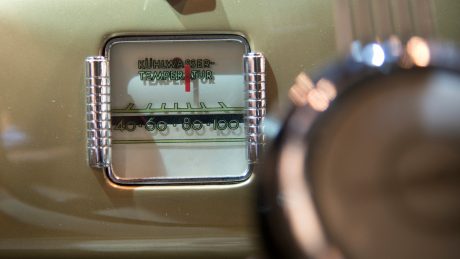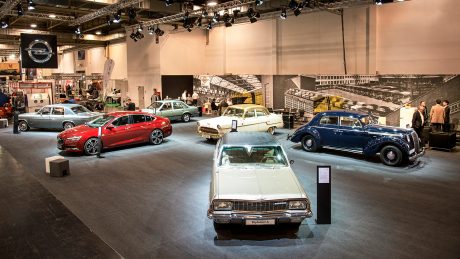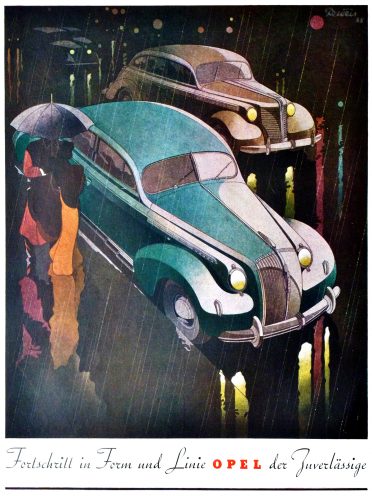
THE ’37 ADMIRAL Some of the most impressive German advertising graphics originated from Bernd Reuters. Most of the artist’s work was produced starting in the early 1930s for Opel. His work in the Art Deco style served as a model for the advertising aesthetic of its time.
These are characteristics of the Art Deco school of design – the name comes from the French term “arts décoratifs” – decorative arts. Developed in France, Art Deco emerged from the Art Nouveau style and took the world by storm between 1920 and 1940. Regarding superfluous touches as necessary features elegantly summarizes the modus operandi of the movement. And it was all about elegance. Elegance as the countermeasure to a world that – between the euphoria of progress and economic crises – had developed a desire for beauty.
But how was it that elements influenced by Art Deco were incorporated into the ’37 Opel Admiral, which, by the way, maintained a 25% market share in its class for a time?
![]()
There are several plausible theories, but unfortunately no proof. The first attempt at an explanation leads to the year 1932. Back then, the famous graphic artist Bernd Reuters began working for Opel via the McCann Erickson advertising and communications agency. Reuters, who today is considered one of the most important pioneers in professional automobile advertising, was a major devotee of Art Deco. His sense of style influenced artists at home and abroad.
Art Deco explicitly combined a modern attitude with a view to the future.
The work of designer Johannes Beeskow, who was employed by the luxury car body manufacturer Erdmann & Rossi in Berlin, was similarly influential for automotive players of the era. After the Nazis seized power in 1933, premium models that were significantly inspired by Art Deco, for example, from Bugatti or the French carmakers Voisin and Delahaye, were difficult for buyers in Germany to obtain. And those who wanted to own such an exotic car had it outfitted at Erdmann & Rossi. There, Beeskow primarily catered to an aerodynamic contouring that defined the so-called ‘streamlined vehicles,’ which were very popular, particularly in the 1930s.
The second attempt at explanation for the design of the ’37 Admiral leads to the year 1935 – and to the inner workings of the Opel brand. In this year, the “modeling department” began its work in Rüsselsheim under the direction of Franklin “Frank” Hershey. Those who are unfamiliar with that term might imagine that work in that department was carried out with clay models. However, after the criticisms of 1.2 liter and 1.8 liter engines, GM had in fact recognized that although American models outfitted with swooping fenders sold, those models did not sell well enough to achieve a market-leading position. That is why Franklin Hershey was entrusted with setting up the department and communicating its methodology. What came from Opel after 1935 originates from the drawing boards in Rüsselsheim.
![]()
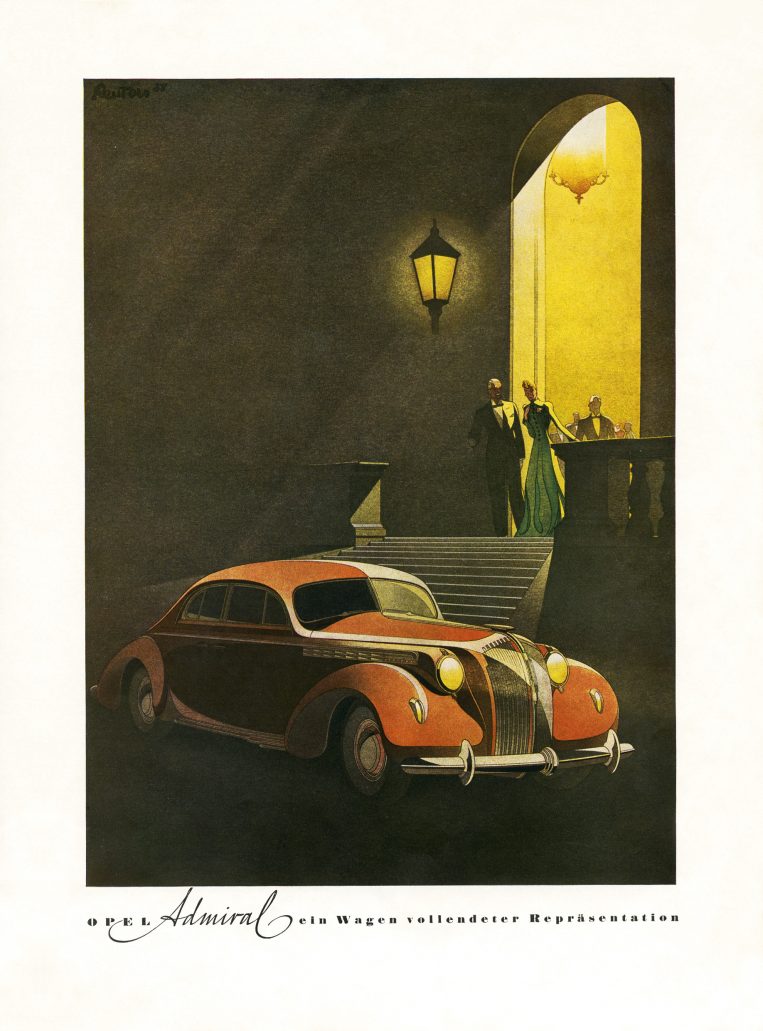
![]()

Art Deco was shaped by Paris of the 1920s. Throughout the 1930s until the Second World War, the style trend grew in popularity and made its way across all continents. Two of the most famous architectural examples in the United States are the Empire State Building and the Chrysler Building in New York City. The pastel-colored buildings in the South Beach’s Art Deco District in Miami are considered the epitome of Art Deco architecture. Together, the iconic buildings form a unique arrangement of perfect symmetry.
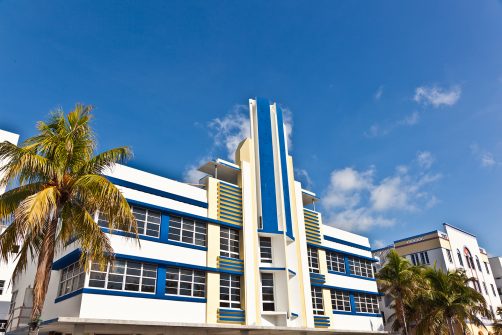
The Waterbreak Hotel in Miami.
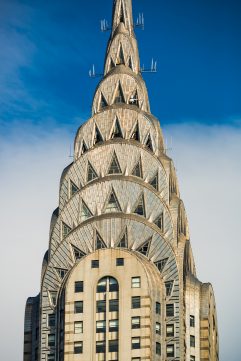
The Chrysler Building in New York.
![]()
If the attempts at explanation are viewed side by side, then plausible explanations for the elements of Art Deco in the ’37 Admiral begin to emerge. Opel wanted to underscore the European identity of the brand and thus used the style deliberately. Car historian and founder of the ALT OPEL classic car club, Eckhart Bartels, and Werner Schollenberger, Opel employee and author of a biography on Bernd Reuters, believe that the suspicion that Reuters indirectly inspired the ’37 Admiral without exercising any personal influence is conclusive. Only, there is no evidence anywhere for this.
the image of lightness conveyed by its looks was true on the road as well.
But some final observations remain. Not only did the ’37 Admiral look stunning – as it still does today – thanks to the designers’ clever use of filigree elements in the place of every trace of heaviness on the brand’s flagship, but the image of lightness conveyed by its looks was true on the road as well. The Admiral was actually easier to steer and operate than similarly sized models by other manufacturers. And as was typical for the brand, it offered persuasive packaging.
A characteristic that also characterizes, 80 years later, the new Insignia.
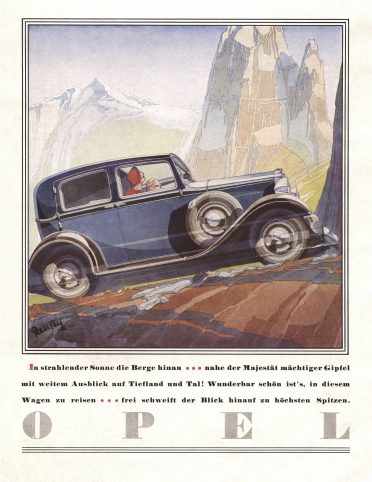
The Opel 1.2 liter as designed by Bernd Reuters.
![]()
April 2017
